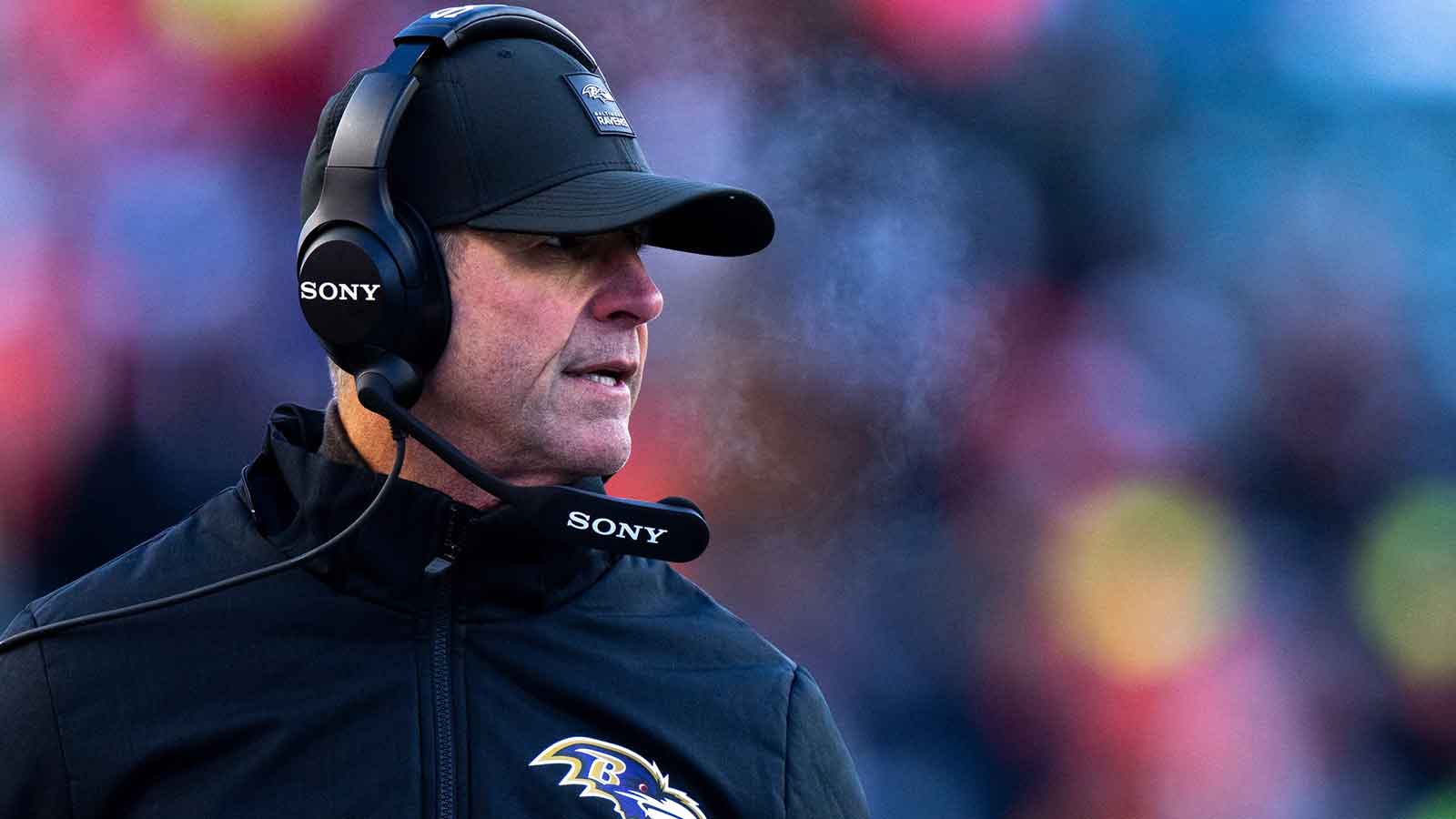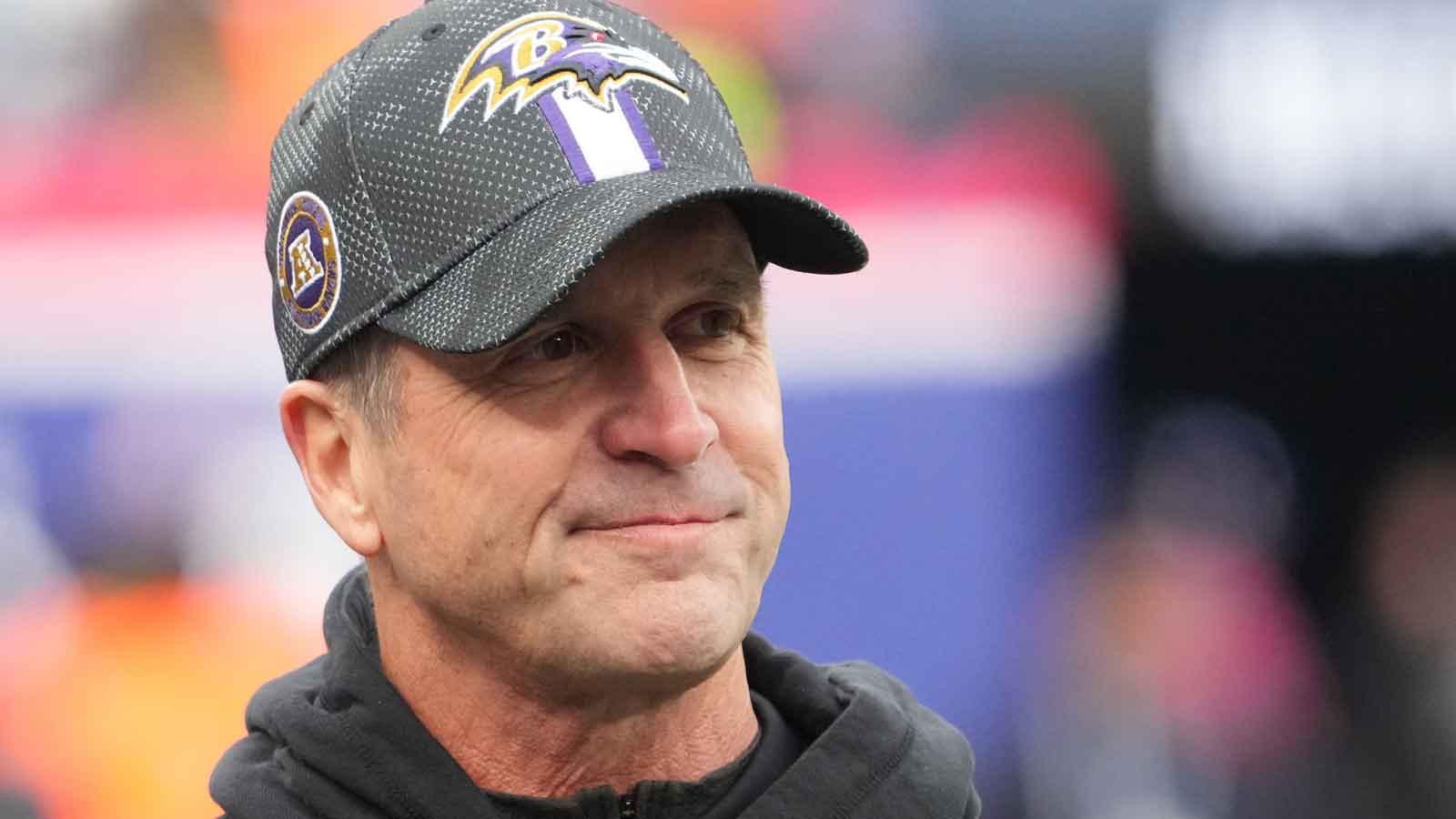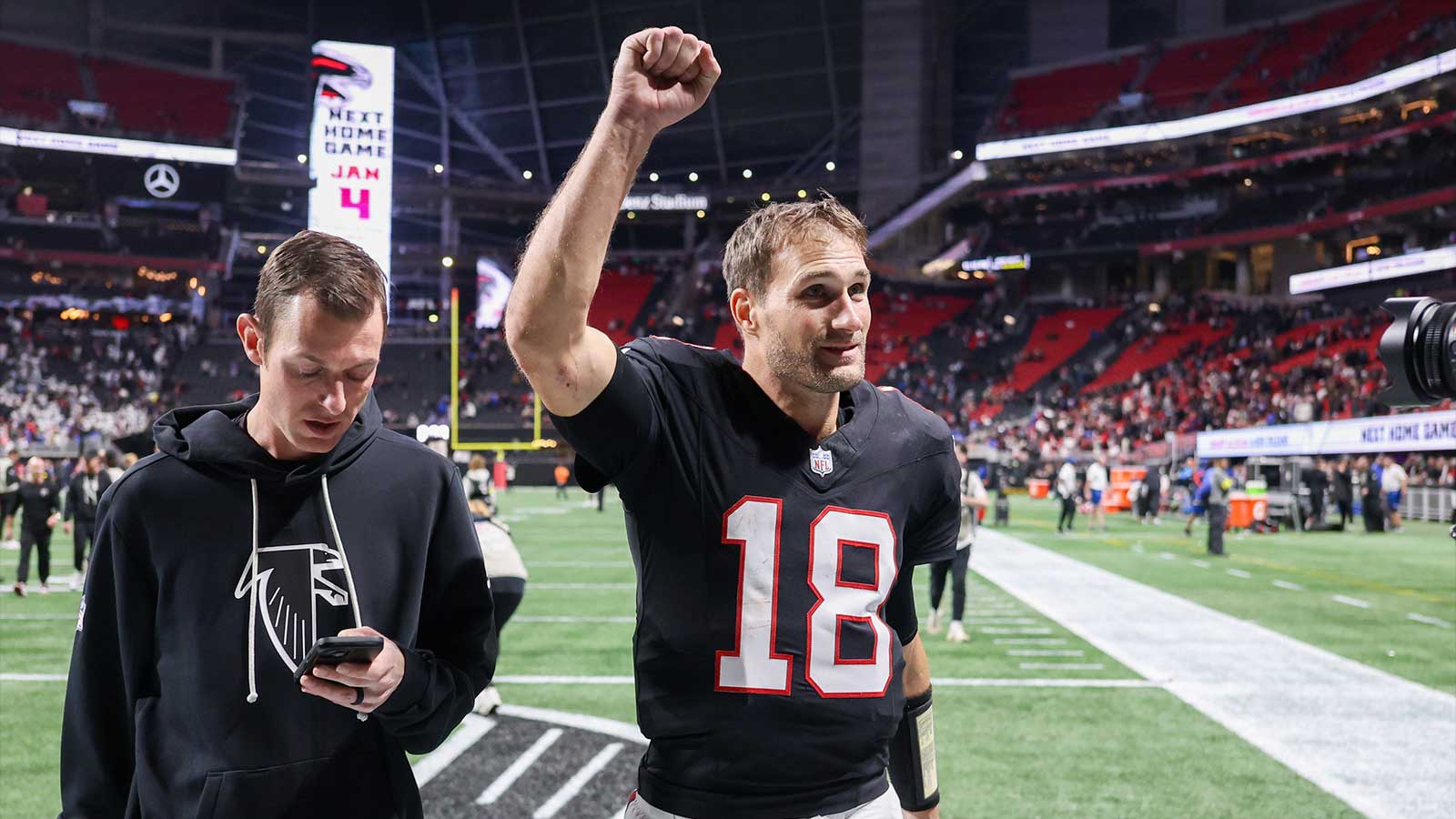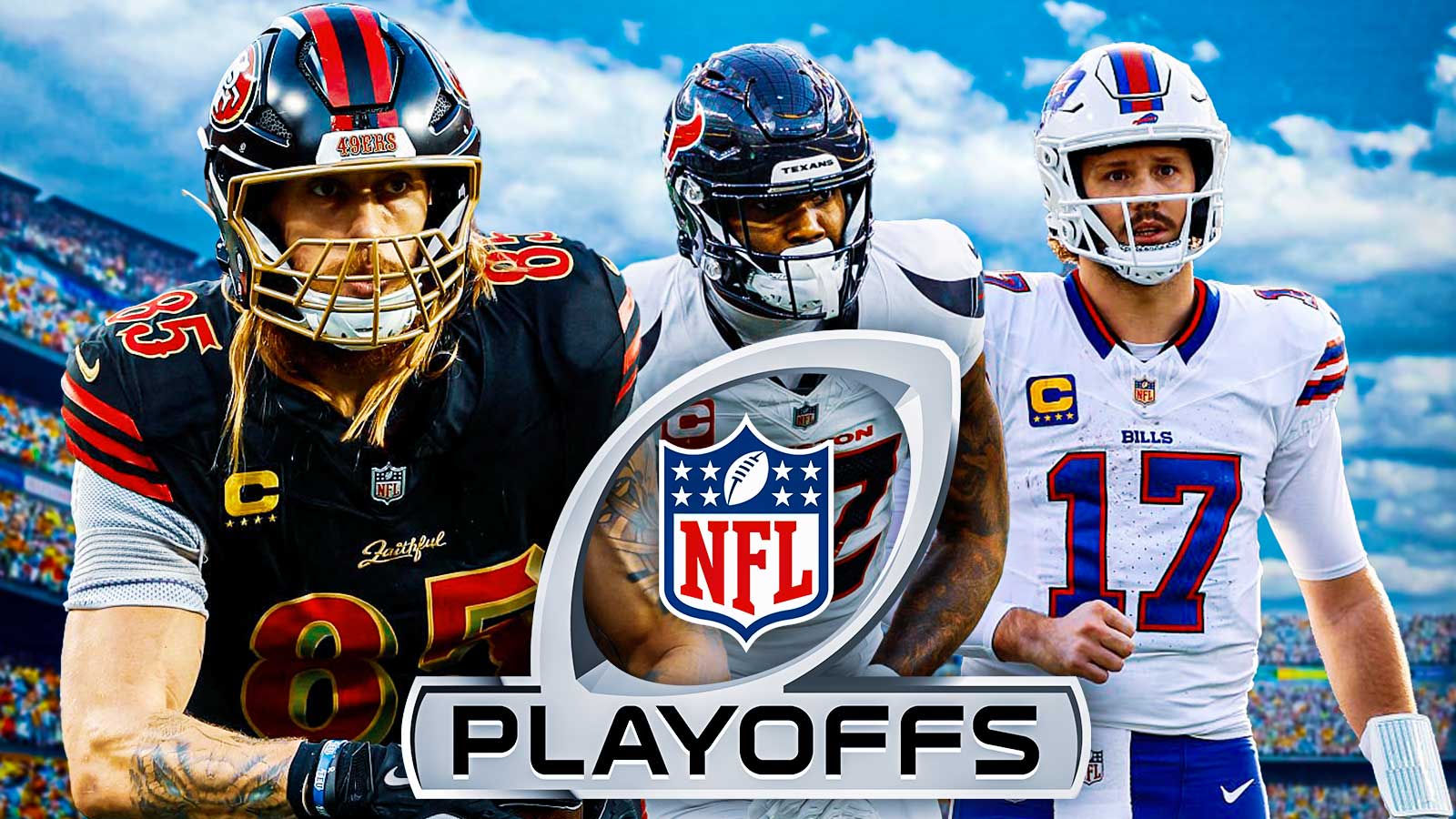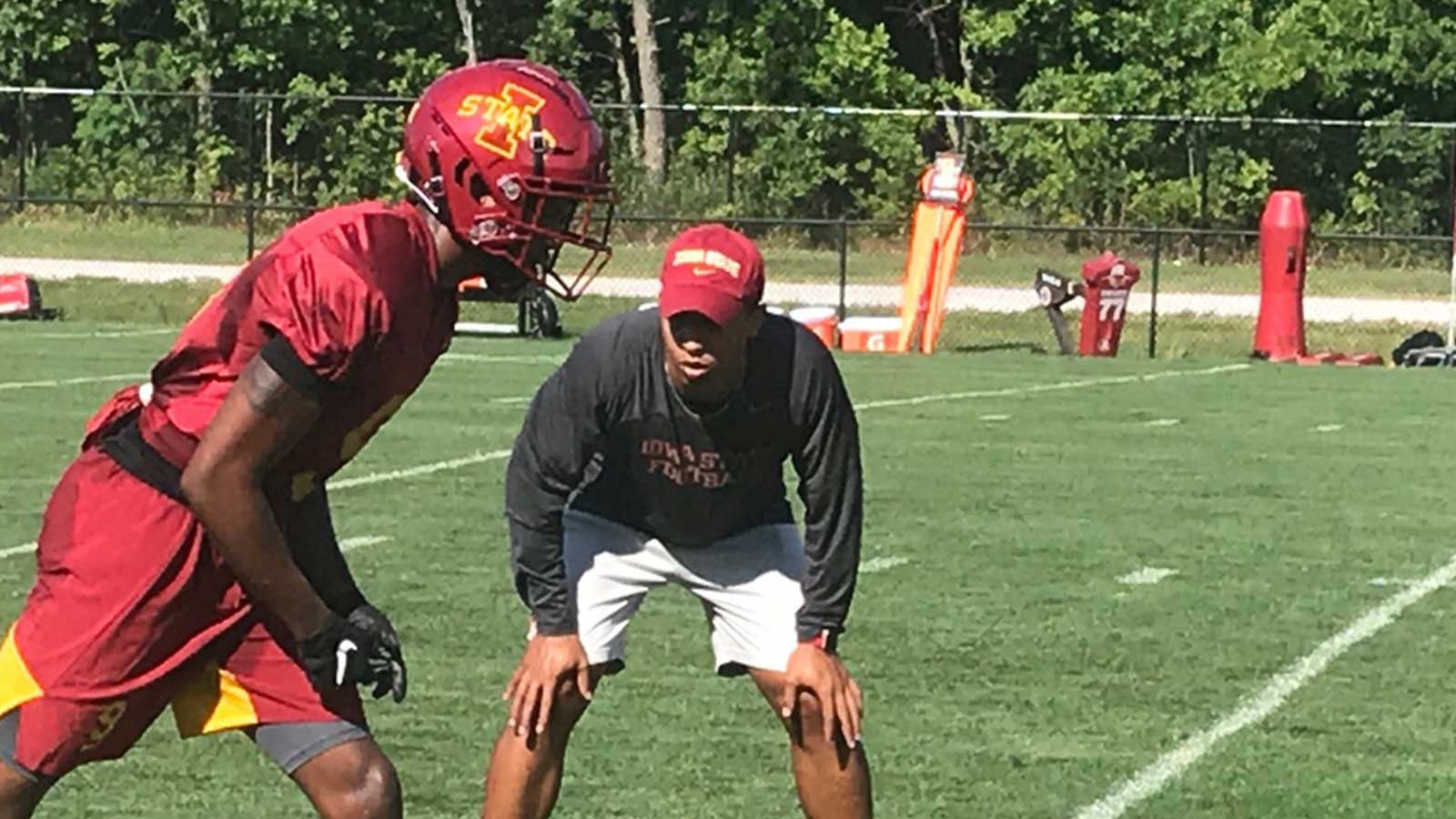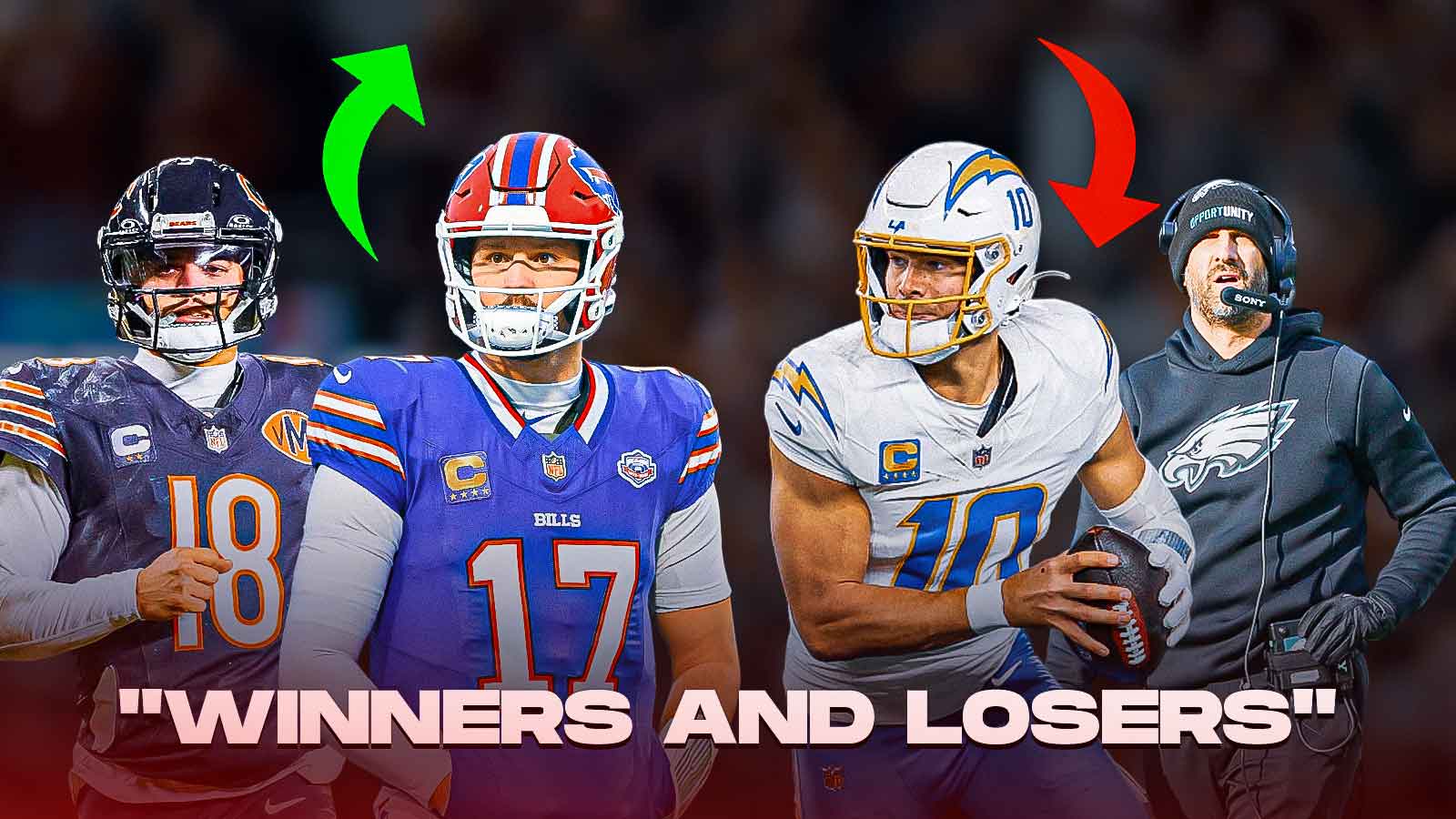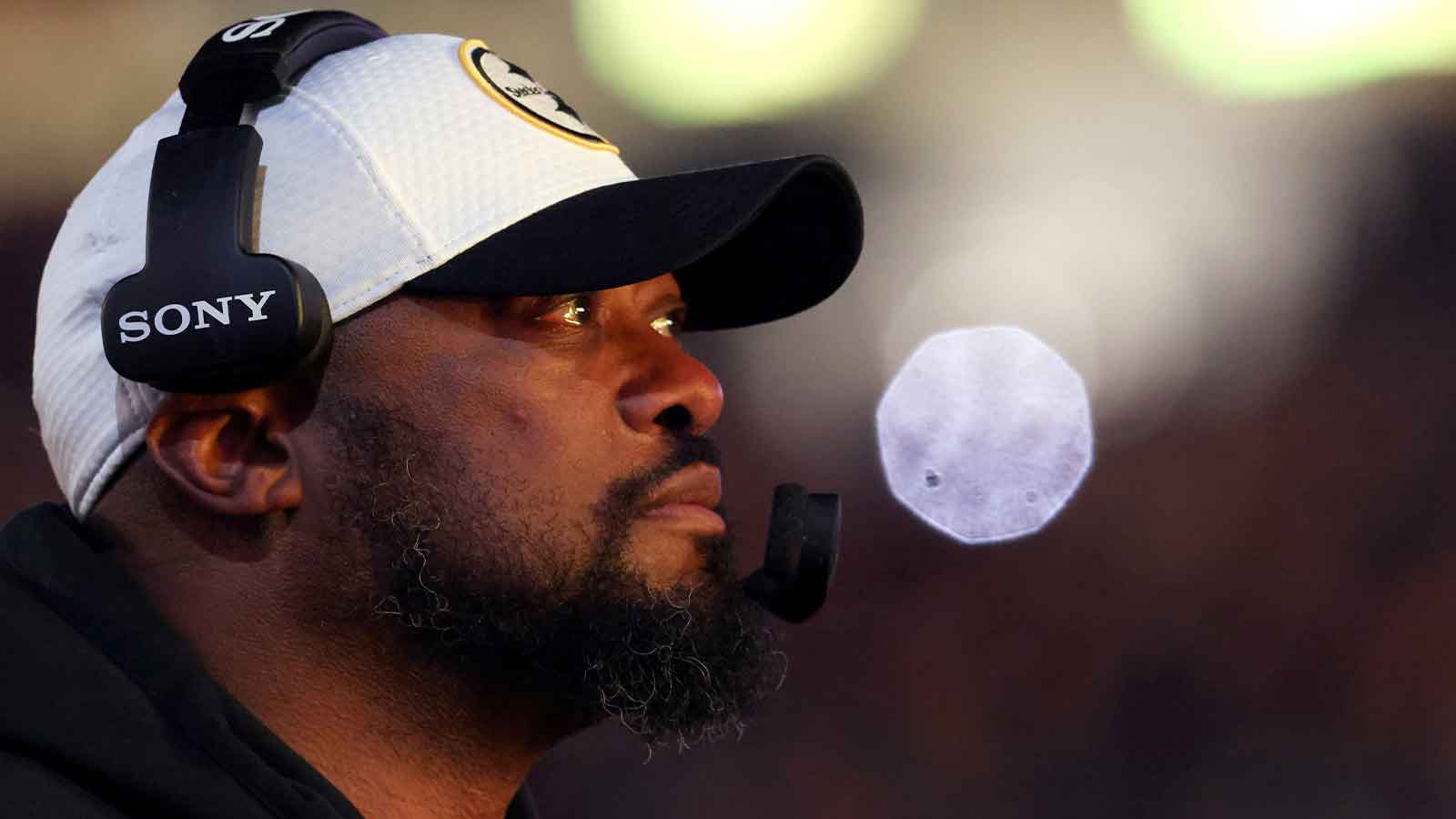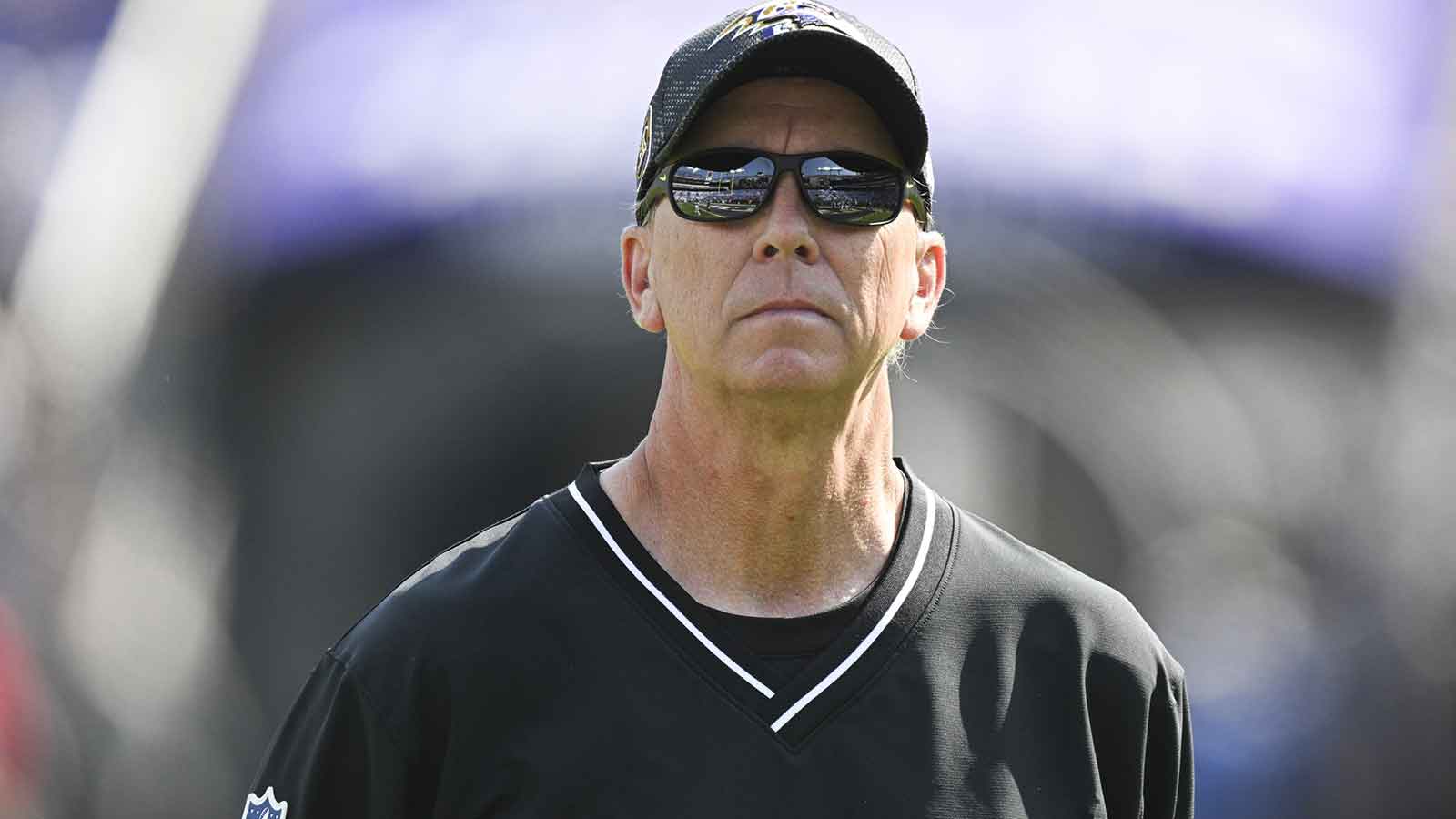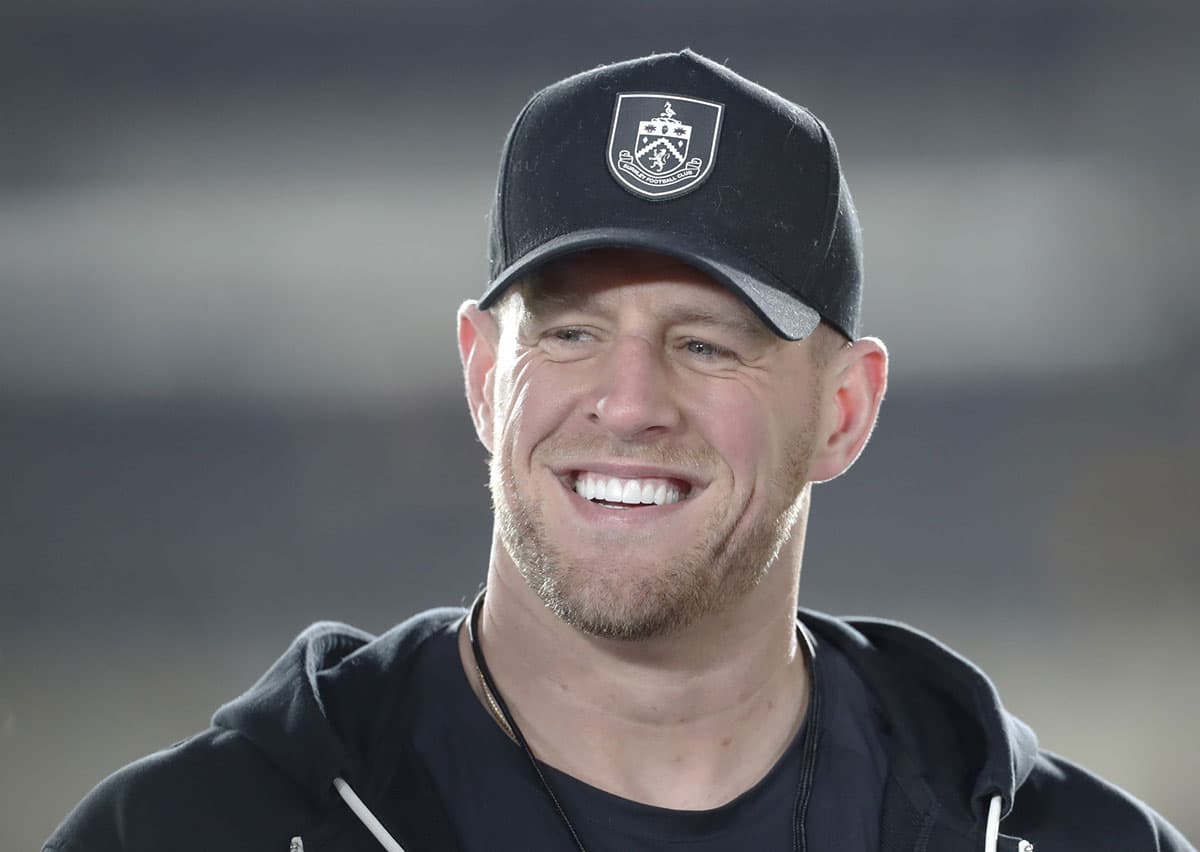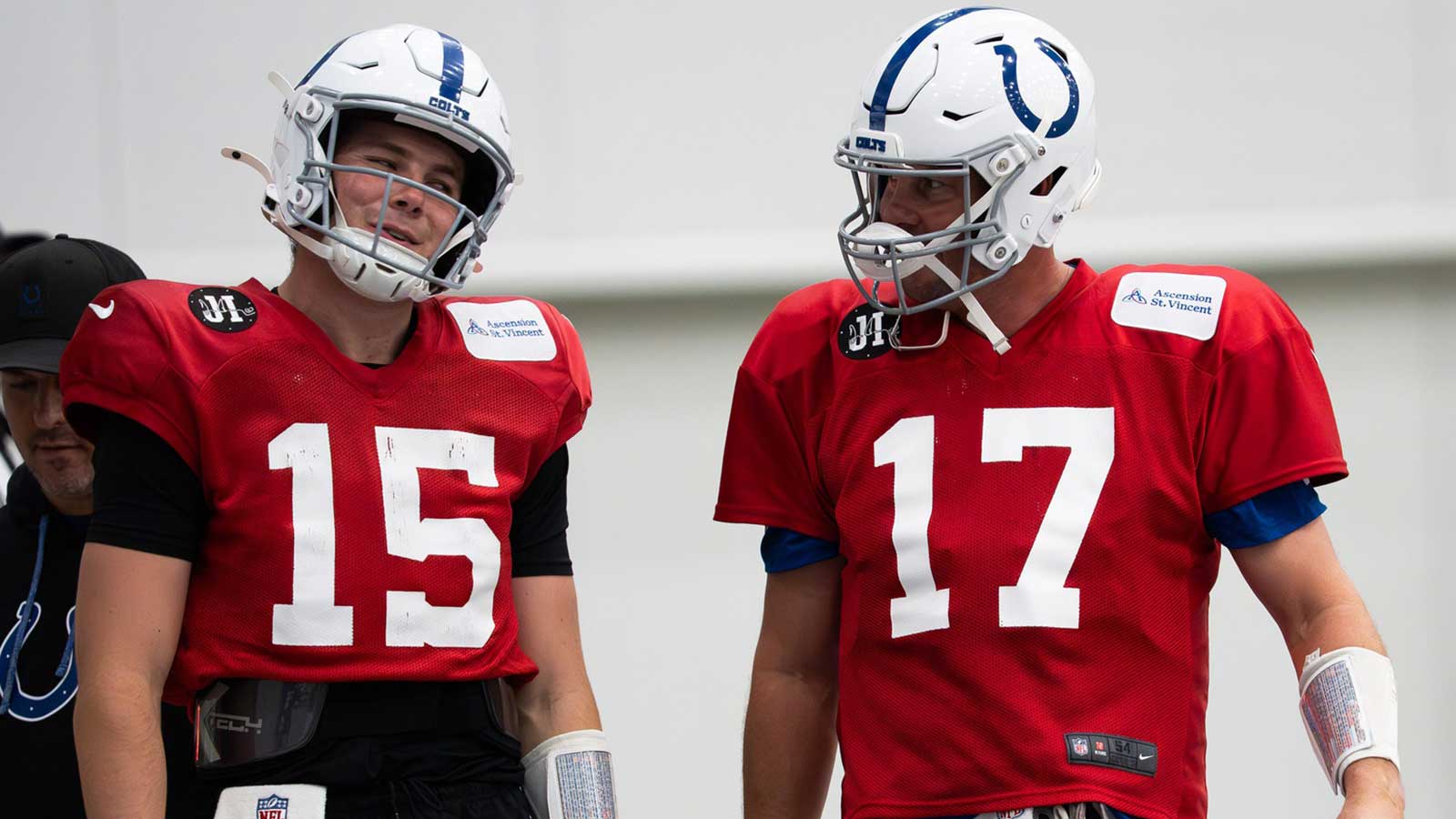Heading into the 2020 NFL Draft, national pundits and talking heads everywhere were excited about the future when it concerns the crop of draftable quarterbacks. Headlined by LSU’s Joe Burrow, the first round figured to also include Justin Herbert and Tua Tagovailoa, with Utah State’s Jordan Love a wild card to join that group.

13 QBs ended up being drafted last year, headlined by Burrow going first overall to the rebuilding Cincinnati Bengals. But draft position does not always equate to output and results, and even though this class has only just completed their rookie seasons, there are trends already showing up that can show which gunslinger projects to be the best.

While credit certainly can be given to Tagovailoa’s role in leading the Miami Dolphins, he is not currently in the same company as both Burrow and Herbert. Using a high first round selection on the Alabama southpaw was seen as a gamble, as the QB was coming off hip surgery that reopened the door for Jalen Hurts (who was also drafted in this class) to retake the reins.
But the lefty has had questionable moments with the teal and orange, although producing a six-win season across nine games and an 11:5 TD-to-INT line is certainly a lot to go off of for expectations. Tagovailoa has been given the short end of things ever since he entered the league, whether that is due to him bucking the trend as a left-hander or because of him just not seeming like a fit down in Miami.

Nothing is known about Love at this point, especially with Aaron Rodgers still being a member of the Green Bay Packers – with the ongoing situation thrusting Love into the spotlight both on the field and with the press, he is being given an up-close look at what can be expected when he eventually becomes the guy.
But the real focus here is between the NFL Draft's first overall (Burrow) and the sixth overall (Herbert) selections, who are the clear-cut best QBs to come out of this draft.
Chalking it up to a more extensive slate of work can be a fair way to level the playing field, but one outcome remains – Herbert is the best QB to come out of this draft, and it is not really close.

Starting out the comparison at the collegiate level, Herbert absolutely holds the crown here, especially since he ended up suiting up and playing all four years he was at Oregon. Having thrown for just over 1,900 yards his first two seasons, Herbert landed himself on NFL radars after his junior season, where he threw for 3,151 yards, 29 TDs, and one 8 interceptions.
He followed that stellar season up with an even better one, as Herbert’s senior campaign produced almost 3,500 yards, 32 TDs, and just 6 interceptions. While breaking the mold of previous Oregon QBs and their running abilities, Herbert was more of a traditional pocket passer, but one that did not hesitate to pick up some yards with his legs.

On the other side, Burrow’s collegiate experience varied heavily, as he made stops at Ohio State and LSU. Having played his first two seasons at OSU (he redshirted in 2015 and suited up in ‘16 & ‘17), having then transferred to play for the Tigers his final two seasons.
His junior campaign was a solid one, throwing for just under 2,900 yards and producing 16 TDs and 5 interceptions – more apt at running the ball than Herbert, Burrow also had 128 carries this season. While these stats got him on the NFL Draft radar, nothing could have prepared teams for what he was going to put up his senior season.
All Burrow did was break the late Cole Brennan’s record from Hawaii for passing scores in a season with 60, helping lead the Tigers to the dismantling of Clemson in the National Championship. Almost quadrupling his season TD output from the previous year is a remarkable feat, exactly why that put him as the top QB in the class.
Both Burrow and Herbert have experienced vastly different professional careers up to this point – Burrow was lost for the year after having started 10 games, having suffered a torn ACL behind his absolute dumpster fire of an offensive line charged with protecting him.
On the other side, Herbert was only thrust into action after a medical incident sidelined incumbent starter Tyrod Taylor, who entered the year as the starter for the Los Angeles Chargers. Herbert performed admirably in his first start against the Kansas City Chiefs (a start he was not aware he would need to make until shortly before game time), and proceeded to start 15 games last year.
Comparing a 15-game slate to that of Burrow’s 10 does not paint an effective picture between the two, so a comparison between the first 10 starts for Herbert and all of Burrow’s season helps line things up better.
Herbert led in passing yards (3,015 vs. 2,688), passing TDs (23 vs. 16), average completion percentage (67.2% vs. 65.3%), rushing yards (185 vs. 142) and sacks (16 vs. 32), with Burrow coming out on top in fewer interceptions (5 vs. 7).
While strength of schedule and opponents obviously presented different challenges for each rookie (as well as available offensive skill players), being able to compare both across common stats paints a very clear picture. Yes, the Cincinnati Bengals are far worse than the team Herbert took over, but it is still two rookie QBs assuming starting roles, regardless of the elements around them.
Both options should have solid NFL careers – that is not what this is about. This comparison merely should be used as a metric to understand the fact that not all things are as cut and dry as draft capital can make it seem.
Burrow and Herbert are in great positions to succeed in their own respective careers – but as it currently stands and looks to continue to stand, Herbert and the Chargers are better off than what the Bengals and Burrow look to be, one year removed from that NFL Draft class.









